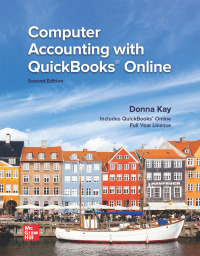

Bunnell Corporation is a manufacturer that uses job-order costing. On January 1, the company's inventory balances were as follows: Raw materials Work in process Finished goods $40,000 $18,000 $35,000 The company applies overnead cost to jobs on the basis of direct labor-hours. For the current year, the company's predetermined overhead rate of $16.25 per direct labor-hour was based on a cost formula that estimated $650,000 of total manufacturing overhead for an estimated activity level of 40,000 direct labor-hours. The following transactions were recorded for the \ Using the formated accounts on Tab 2, show the effects of the following transactions on the accounts. 1. Raw materials were purchased on account, $510,000. 2. Raw materials used in production, $480,000. All of of the raw materials were used as direct materials. 3. The following costs were accrued for employee services: direct labor, $600,000; indirect labor, $150,000 4. The following costs were accrued for selling and administrative salaries, $240,000. 5. Incurred various selling and administrative expenses (e.g., advertising and sales travel costs), $367,000. 6. Incurred various manufacturing overhead costs (e.g., depreciation, insurance, and utilities), $500,000. 7. Manufacturing overhead cost was applied to production. The company actually worked 41,000 direct labor- hours on all jobs during the year. 8. Jobs costing $1,680,000 to manufacture according to their job cost sheets were completed during the year. 10. Jobs were sold on account to customers during the year for a total of $2,800,000. The jobs cost $1,690,000 (before under/over-applied OH) to manufacture according to their job cost sheets. 9. Dispose over/under applied overapplied. (The company applies the difference to COGS). 11. Compute ending balances in all accounts 12. Compute the company's gross margin. 13. Compute the company's net operating income 14. Prepare a schedule of cost of goods manufactured. 15. Prepare a schedule of cost of goods sold. Inventory Acct Clearing Acct Inventory Acct Income Statement Raw Materials Inventory Acct Total Work in Process Manufacturing OH Finished Goods Cost of Goods Sold Income Statement Selling and Administrative Costs Beg Balances 1. Purchase RM 2. Requisition of RM 3. Direct and Indirect Labor 4. S & A salaries 5. S & A expenses 6. Actual OH costs 7. Applied OH 8. Completed jobs 9. Sold jobs 10. Dispose under/over applied OH 11. Ending Balances 12. Gross Margin 1,126,250 13. Net operating income 519,250 14. Schedule of COGM 15. Schedule of COGS








